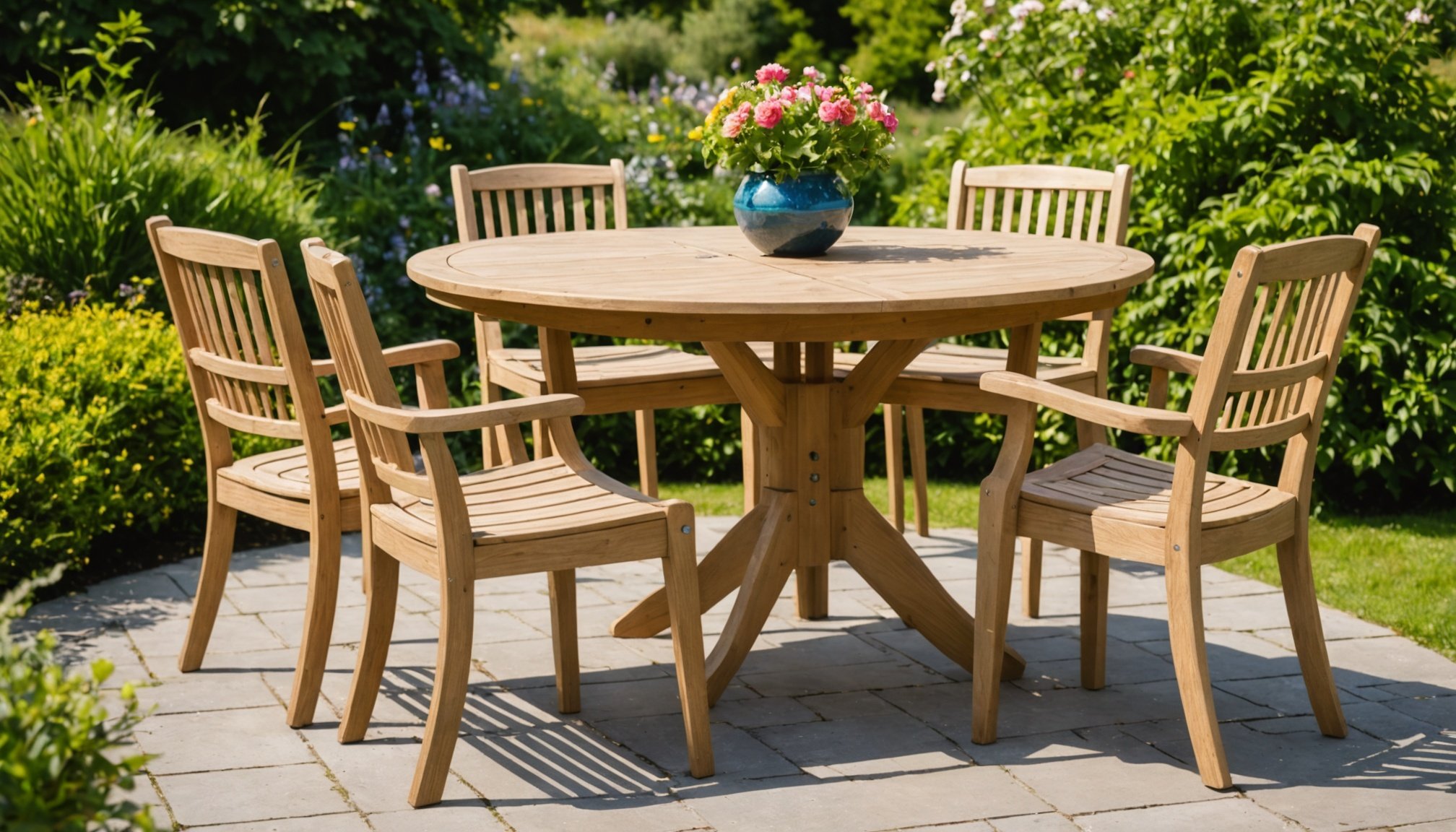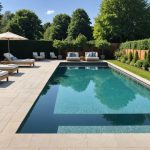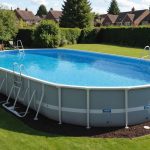The Ultimate Guide to Selecting Durable Wood for Long-Lasting UK Garden Furniture
When it comes to choosing the perfect garden furniture, durability and longevity are key considerations, especially in the UK’s unpredictable weather conditions. In this comprehensive guide, we will delve into the world of wooden garden furniture, exploring the best materials, maintenance tips, and practical advice to ensure your outdoor space remains beautiful and functional for years to come.
Understanding the Importance of Durability
Garden furniture is exposed to a wide range of weather conditions, from scorching sunlight to heavy rainfall and freezing temperatures. Therefore, selecting wood that can withstand these elements is crucial.
Avez-vous vu cela : Creative Ways to Integrate Reclaimed Wood into UK Home Decor: Innovative Ideas You’ll Love
“The durability of garden furniture is not just about aesthetics; it’s about ensuring that your investment lasts and continues to provide comfort and enjoyment,” says a garden furniture expert.
Top Choices for Durable Wood
Teak Wood: The Gold Standard
Teak wood, derived from the Tectona grandis tree, is renowned for its exceptional durability and natural beauty. Here are some key reasons why teak wood stands out:
En parallèle : Eco-Friendly Pest Control Solutions for Your UK Home Garden: A Sustainable Guide
- Longevity: Teak wood is incredibly long-lasting, resistant to moisture, insects, and rot. It can withstand various weather conditions without deteriorating[3].
- Low Maintenance: Teak wood requires minimal maintenance. It can be left untreated and will still maintain its integrity, although applying teak oil can enhance its appearance and provide additional protection[3].
- Aesthetic Appeal: Teak wood has a distinctive golden-brown color that matures into a silver-gray tone over time, giving it a timeless and elegant look[3].
Other Hardwoods
While teak is a top choice, other hardwoods also offer excellent durability:
- Oak: Known for its strength and resistance to decay, oak wood is a popular choice for garden furniture. However, it may require more maintenance than teak[2].
- Cedar: Western red cedar is another durable option, naturally resistant to rot and insects. It also has a distinctive aroma that repels pests[4].
Rattan and Synthetic Alternatives
For those looking for a more affordable or low-maintenance option, rattan and synthetic materials are worth considering:
- Rattan Furniture: Made from woven rattan or wicker, this type of furniture is lightweight and easy to maintain. However, it may not be as durable as hardwoods and can be more prone to weather damage[5].
- Synthetic Materials: High-quality synthetic materials, such as polyethylene or polypropylene, can mimic the look of natural wood while offering superior resistance to weather conditions and minimal maintenance.
Comparing Materials: A Detailed Table
Here is a comparative table to help you make an informed decision:
| Material | Durability | Maintenance | Weather Resistance | Aesthetic Appeal | Cost |
|---|---|---|---|---|---|
| Teak Wood | High | Low | Excellent | High | High |
| Oak | High | Medium | Good | High | Medium-High |
| Cedar | High | Medium | Good | High | Medium-High |
| Rattan | Medium | Low | Fair | Medium | Low-Medium |
| Synthetic | High | Very Low | Excellent | Medium | Medium |
Maintenance Tips for Long-Lasting Garden Furniture
Regardless of the material you choose, proper maintenance is essential to extend the life of your garden furniture.
Cleaning
- Teak Wood: Use green soap and a lightly damp cloth to clean teak wood. This helps maintain its natural oil and prevents stains[3].
- Other Hardwoods: For oak and cedar, a mild detergent and water can be used. Avoid using harsh chemicals that can damage the wood.
- Rattan and Synthetic: A soft brush and mild detergent are sufficient for rattan and synthetic materials.
Protection
- Teak Oil: Applying teak oil periodically can enhance the appearance of teak wood and provide additional protection against the elements[3].
- Sealants: For other hardwoods, using a wood sealant can protect against moisture and UV damage.
- Covering: During harsh weather conditions or off-seasons, covering your furniture can help protect it from damage.
Practical Advice for Choosing the Best Garden Furniture
Assess Your Outdoor Space
Before selecting your garden furniture, consider the size and layout of your outdoor space. Ensure that the furniture you choose fits comfortably and leaves enough room for movement.
Consider Your Lifestyle
If you have a busy schedule, low-maintenance materials like teak or synthetic options might be the best choice. If you prefer a more traditional look and are willing to invest time in maintenance, hardwoods like oak or cedar could be ideal.
Budget and Quality
While it’s tempting to go for the cheapest option, investing in high-quality materials will save you money in the long run. High-quality wood furniture, although more expensive initially, will last longer and require less maintenance.
Real-Life Examples and Anecdotes
The Teak Wood Success Story
“I invested in a teak wood patio set about 10 years ago, and it still looks as good as new,” says Sarah, a homeowner in the UK. “The initial cost was higher than I expected, but the durability and low maintenance have made it well worth the investment.”
The Rattan Misadventure
“I thought rattan furniture would be a great, low-maintenance option, but after just a few years, it started to show significant wear and tear,” shares John, another homeowner. “While it was affordable, I wish I had invested in a more durable material from the start.”
Choosing the right wood for your garden furniture is a decision that should not be taken lightly. By understanding the characteristics of different materials, following maintenance tips, and considering your lifestyle and budget, you can ensure that your outdoor space remains a beautiful and functional haven for years to come.
Whether you opt for the timeless elegance of teak wood, the traditional charm of oak, or the modern convenience of synthetic materials, the key is to select furniture that aligns with your needs and provides the durability and aesthetic appeal you desire.
So, the next time you’re browsing for garden furniture, remember: investing in quality and durability is not just about the present; it’s about creating a lasting outdoor space that you and your family can enjoy for generations.











